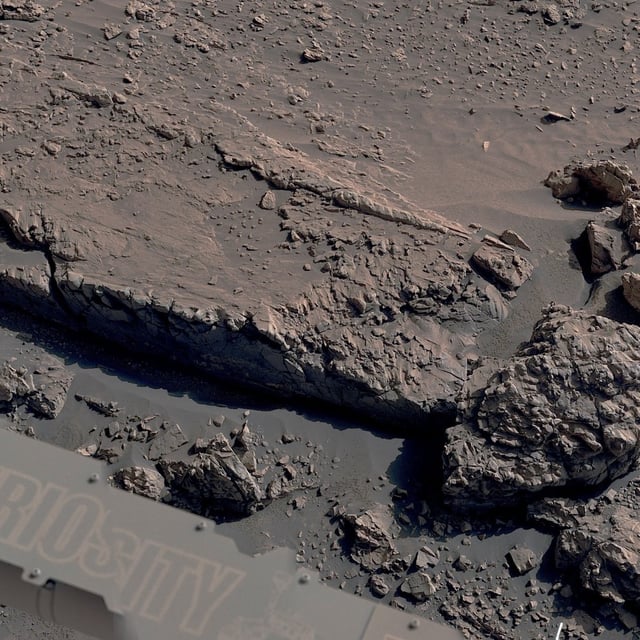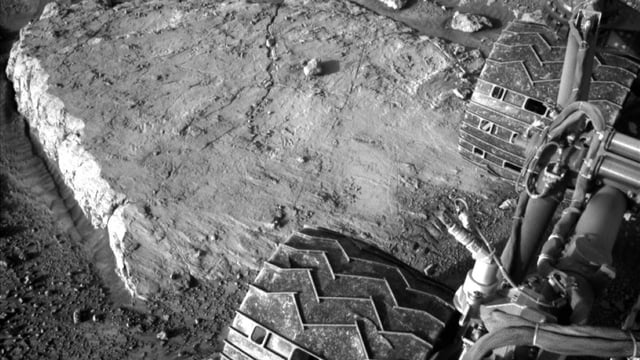Overview
- Curiosity’s Mastcam recorded detailed images of crisscrossing boxwork ridges on Mount Sharp that resemble spiderweb patterns formed by mineral deposits
- Researchers believe ancient groundwater seeped through rock fractures, leaving cementlike minerals that hardened into resilient ridges revealed by eons of wind erosion
- Calcium sulfate veins discovered in small fissures within the ridges were unexpected, as similar deposits had disappeared at higher elevations on Mount Sharp
- The findings indicate that subsurface water persisted beneath Gale Crater long after rivers, lakes and possible oceans dried up on the surface
- Curiosity will continue drilling and sampling the mineral cements to refine scientists’ understanding of Mars’ geological evolution and its past habitability


